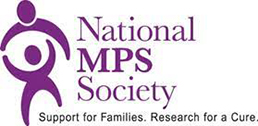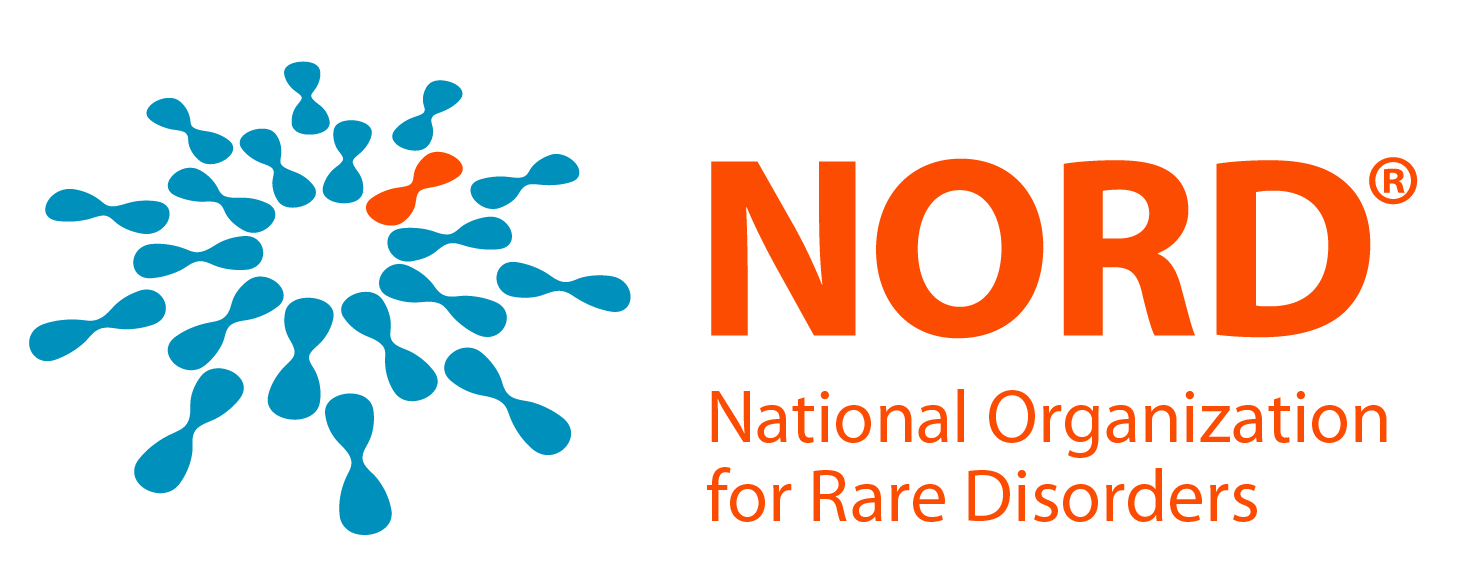What role do GAGs play in Hunter syndrome?
Chain-like molecules called glycosaminoglycans (GAGs) accumulate in the body and brain of individuals living with Hunter syndrome. While each person’s experience and symptoms may differ, continued GAG buildup leads to symptoms appearing and worsening over time.
Stay up-to-date on what's next in Hunter syndrome
Did you know there are potential advancements on the horizon for individuals with attenuated or severe Hunter syndrome?
We're here to keep you informed of news and helpful resources.
GAG levels are elevated in the brain of individuals living with Hunter syndrome, regardless of severity
While it’s common to measure GAGs in the urine, GAG levels in the brain can be measured through the cerebrospinal fluid (CSF), the liquid that protects the brain and spinal cord.
Individuals with attenuated or severe Hunter syndrome consistently showed higher GAG levels in the brain vs individuals without Hunter syndrome.a
Attenuated Hunter syndrome:
Children with attenuated
Hunter syndrome
have UP TO
10x
higher
GAG levels
in the CSF
vs children without Hunter syndrome
Adults with attenuated
Hunter syndrome
have UP TO
32x
higher
GAG levels
in the CSF
vs adults without Hunter syndrome
Severe Hunter syndrome:
Children with severe Hunter syndrome
have UP TO
93x
higher
GAG levels
in the CSF
vs children without Hunter syndrome
aBased on an analysis from 4 studies of GAGs in the CSF of 257 individuals, including 25 with Hunter syndrome.
Impact of GAG buildup in the brain
While it is commonly understood that individuals with severe Hunter syndrome experience cognitive and behavioral symptoms due to GAG buildup, individuals with the attenuated form of the disease also experience brain-related symptoms such as behavioral issues, difficulty focusing, and hyperactivity due to these elevated GAG levels.
CNS manifestations exist across the spectrum of disease
Attenuated
Hunter syndrome
- Behavioral issues
- Inattentiveness
- Hyperactivity
Severe
Hunter syndrome
- Development delay and regression
- Behavioral issues
GAG accumulation is ongoing in the brain and the body
Though severity may vary, continued GAG accumulation contributes to the worsening of symptoms over time, including those that affect the heart, lungs, bones, ears, eyes, and brain.
Explore the impacted areas of the body, as reported in the Hunter Outcome Survey
The Hunter Outcome Survey (HOS) is an international database that was used to collect data to help increase the understanding of Hunter syndrome.
Percentages of areas most impacted by the age of 10 were reported in the HOS by individuals with attenuated (51 patients) or severe (100 patients) Hunter syndrome.
With new advancements potentially on the horizon, normalizing GAG levels in the brain and body to those seen in individuals without Hunter syndrome could be an increasingly important treatment goal.
The role of biomarkers in the management of Hunter syndrome
What are biomarkers? They are natural substances measured in bodily fluids, such as blood or urine, that can be signs of disease activity. Urine GAG (uGAG) level, for example, is one commonly measured biomarker in Hunter syndrome, but other biomarkers may become useful as science advances.
Evolving understanding of key biomarkers for the brain
Similar to measuring GAGs in the urine as a biomarker for the body, there are biomarkers that may be useful in the future for understanding how the disease affects the brain.
Heparan sulfate (HS) is the primary GAG found in high levels in the brain of individuals with Hunter syndrome.
HS levels can be measured in the CSF. It is currently used in clinical studies for Hunter syndrome to help assess impact of disease and treatment on the brain.
Another biomarker for the brain is called neurofilament light (NfL), which can be measured through a blood test. NfL is a protein that is released into the bloodstream when brain cells are damaged and could signal changes in cognitive function.
Importance of measuring GAG levels in the body
Regular testing of uGAGs supports your doctor's ability to monitor disease progression and how well treatment is working.
One study found that maintaining lower uGAG levels is linked to better walking ability and growth.b
Doctors also observed that individuals with Hunter syndrome who had a 50% or greater reduction in uGAG levels showed more noticeable improvements in overall condition.b
bBased on a study that included 18 individuals with MPS I, 23 with MPS II, and 9 with MPS VI, who had been treated with enzyme replacement therapy for at least 1 year.
Evolving understanding of key biomarkers for the brain
Similar to measuring GAGs in the urine as a biomarker for the body, there are biomarkers that may be useful in the future for understanding how the disease affects the brain.
Heparan sulfate (HS) is the primary GAG found in high levels in the brain of individuals with Hunter syndrome.
HS levels can be measured in the CSF. It is currently used in clinical studies for Hunter syndrome to help assess impact of disease and treatment on the brain.
Another biomarker for the brain is called neurofilament light (NfL), which can be measured through a blood test. NfL is a protein that is released into the bloodstream when brain cells are damaged and could signal changes in cognitive function.
What’s next in the management of Hunter syndrome?
There are investigational treatments in development designed to treat both the brain and the body. As the science advances and the use of biomarkers evolves, Hunter syndrome management will continue to change.
In the future:
Potential new therapies may offer alternative options that better meet the needs of individuals with attenuated or severe Hunter syndrome.
Reducing GAG levels to those seen in individuals without Hunter syndrome may become a more important treatment goal.
Emerging biomarkers may provide additional information on the impact of Hunter syndrome on the brain and the management of related symptoms.

Community resources for individuals living with Hunter syndrome
There are many helpful organizations for people with Hunter syndrome and their caregivers that provide resources, build community, and increase awareness of Hunter syndrome.



Download this brochure as a reference

Patient brochure
Information on the impact of Hunter syndrome on the brain for individuals with either attenuated or severe disease and the evolving role of biomarkers
Download